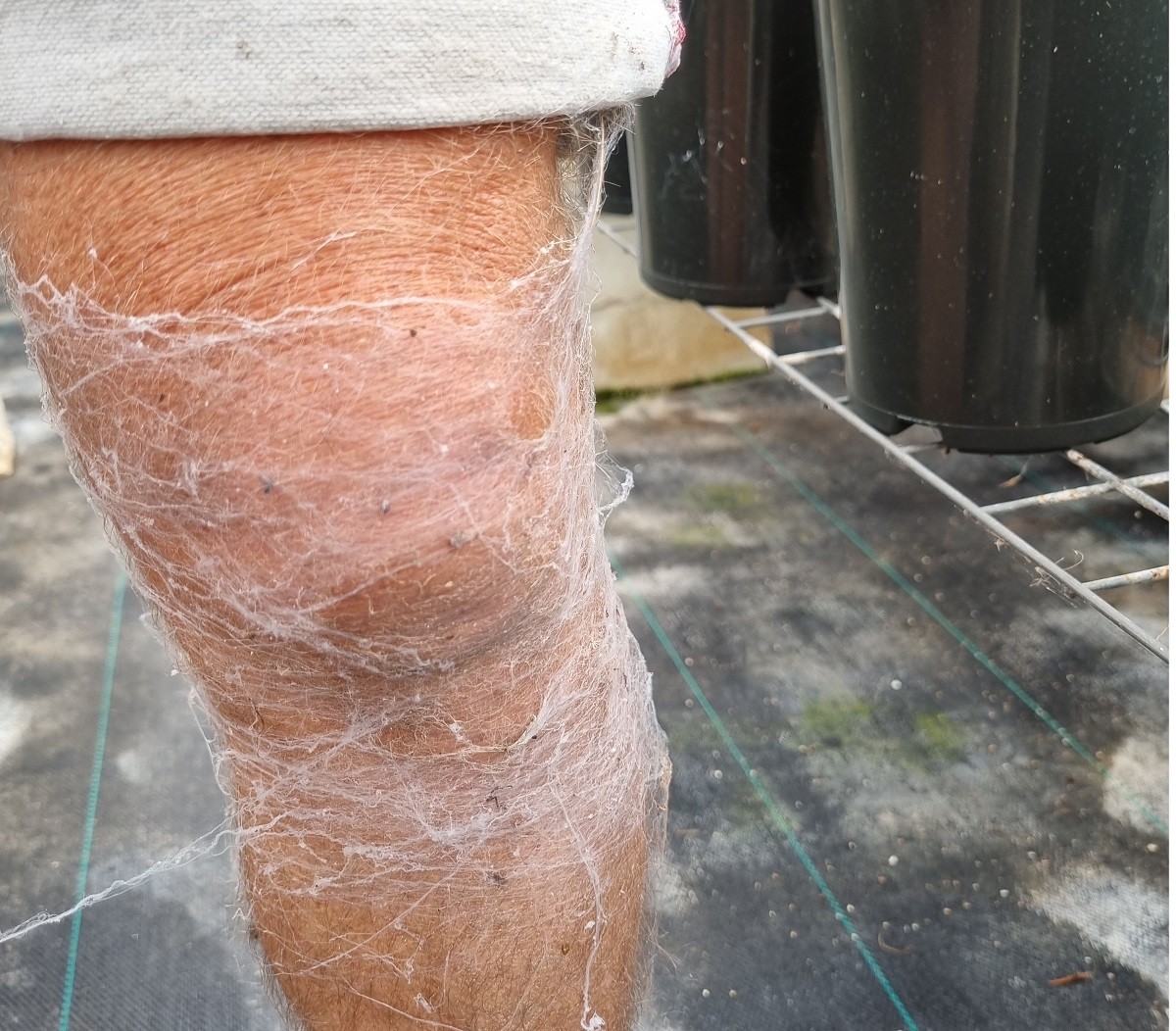Blog 22-08-2024

Blog 22-08-2024
Here we go again, an update from our nursery, LZ Orchidee in De Lier.
After setting the plants at the right distance for the finishing phase, potting the seedlings from the trays into 14 cm pots for the growing phase, and already having potted many plants from the meristem containers into the trays, we’re starting to think about the new season when our plants will bloom again.
This time of year, we’re always very curious about when we’ll see the first buds and how many buds we can expect. For the earliest varieties, the buds are now beginning to emerge well. I think these plants won’t produce many spikes, simply because the plants aren’t that large, so there aren’t many shoots that are ready to bloom. However, the plants that bloom later don’t have this problem, and we’re expecting a good bloom from them. But maybe we’ll be surprised, and the earliest plants will also produce enough spikes.
You might be wondering why we have smaller plants; this is because we received the meristem seedlings late in the fall of 2022, and we can never make up for that growth delay. Despite all the knowledge at Floricultura, the laboratory process remains very uncertain for us. The timing of when we receive the bottles with meristem can vary by as much as 4-6 months, which isn’t ideal for our planning. But fortunately, the plants are healthy, and everything else looks good.
As for pests, everything is under control. Spider mites are well managed with the predatory mite Californicus, and thrips are being controlled with the predatory mite Cucumeris.
One downside for us humans is that the spiders are thriving since we don’t use chemical treatments. After walking among the plants, it feels like my legs are wrapped in webs, and I can see about 15 spiders crawling on my legs, which is quite a creepy sensation. This is usually at its worst this time of year, but they tend to disappear more as the season progresses. I saw the first “spider-hunter Anoplius,” which is a type of wasp, walking among the plants yesterday, so I hope the spiders will start to disappear soon.
Regarding the climate, after a dark spring, we’ve had 5-6 beautiful weeks with occasionally very high temperatures, which I’m not too happy about. Especially when nighttime temperatures stay above 22 degrees Celsius, you can see the bud development slow down, and later there’s a risk of bud drop due to excessive root pressure.
We still have 2 pods hanging from the cross between Ice Cascade and Devon Railway, and these will be ready to harvest in about 2 months to grow into new cascade cymbidiums in the lab. We hope to get a slightly later blooming white cascade cymbidium from this cross, as we no longer have Ice Cascade after February 15th. However, the question remains whether Ice Cascade will sufficiently pass on its white color. We’ll know in 5 years.
